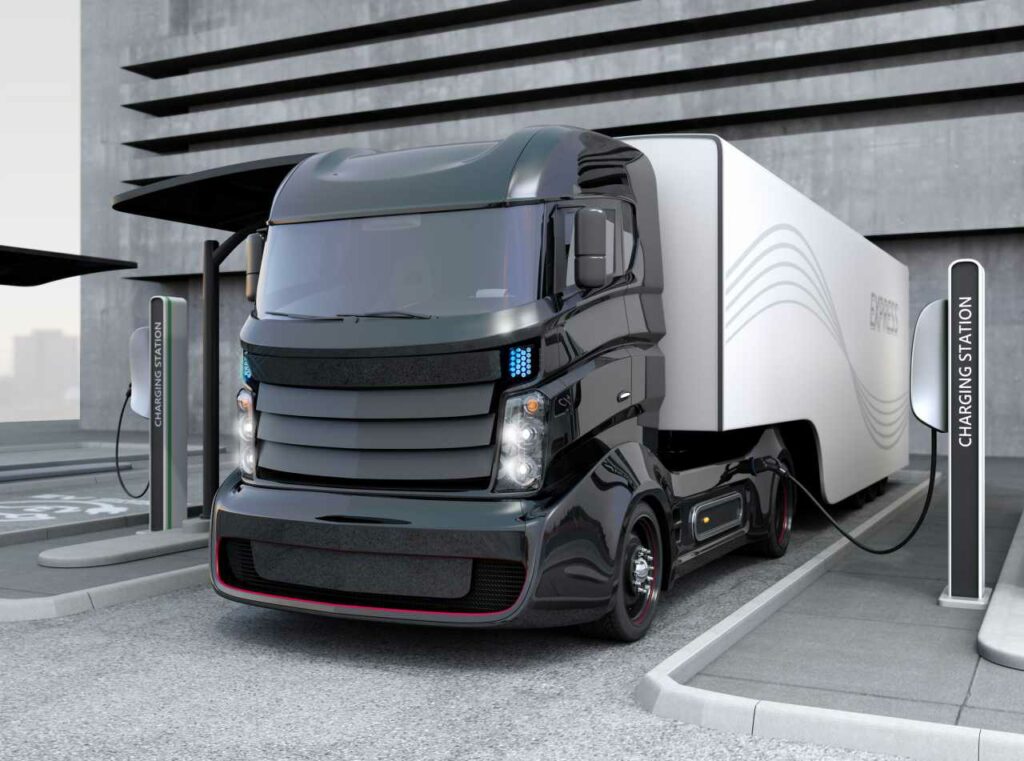More and more companies in the world are directing their efforts towards electric mobility, which is why they are gradually changing their combustion-based transport fleets to partial or total electrification.
Due to this revolution that trucks and buses are experiencing, the companies Dammier and Portland General Electric formed an alliance to explore solutions that meet the growing demand for charging stations for electric trucks.
However, the key to making all this possible is in the batteries, as experts in sustainable fleets have warned, since the cells must support the weight and large number of kilometers traveled by the vehicles daily.
Read also: Cristina Gutiérrez: “Hamilton called us throughout the race weekend”
According to data supplied by Dammier and Portland General Electric, the first charging station for heavy vehicles has already been installed in Oregon, United States. Investigating the operation of this energy replacement space, the companies are studying the possibility that trucks can make stops to charge their batteries at a power of up to 1 megawatt.
If they achieve the figure, the companies would be marking a turning point in terms of stations of this type, taking into account that the charging systems of technological giants such as Tesla cover 250 kilowatts of maximum energy.
Dammier and Portland General Electric will aim to test the performance of electric trucks. Both organizations want to take advantage of the little cargo infrastructure in the market to take the reins and be the major suppliers for these heavy cargo vehicles.
Another key objective of the project is framed in the management of the loading time in the fleets so as not to decrease productivity despite having electrical mechanics. This will be essential to ensure a transition to cleaner options in this industry.
Related content: Nikola and IVECO partner to create a hydrogen supply system in Europe
There is already pressure from environmental organizations and advocates of sustainability to get recharging points for trucks. For example, the Association of European Automobile Manufacturers (ACEA) and the European Federation for Transport and Environment requested the European Commission to promote the deployment of 11,000 charging points for electric trucks in all twenty-seven countries by 2025, and to reach the 42,000 points in 2030.
It should be noted that the European Union has been at the forefront in sustainability issues and in search of the electrification of vehicles, proof of this is the most recent agreement adopted by the bloc that aims to reduce “at least 55%”of the European Union net greenhouse gas emissions for 2030, compared to the 1990 level.
It is undoubtedly an important challenge after the alliance of Dammier and Portland General Electric, which have immersed themselves in the complex world of shaping an ideal structure to recharge electric trucks.
Written by I Jhonattan González













